Long before the explosion of Malaysian pop culture into the global mainstream, Lee Cheow Hee—known by his artistic moniker KULit—was already scripting his own chapter of creative revolution. Born with a passion for illustration, Lee’s journey began at just 16 when he mailed his first comic samples to Marvel Comics. The rejection he received didn’t crush his spirit—it ignited it.
Undeterred, he took his first professional steps as a freelance illustrator with Universal Publications in Petaling Jaya. It was 1982, however, that marked a turning point. Discovering the airbrush transformed his artistic arsenal. His signature photorealistic style made such an impact that even international advertising firms reportedly delayed campaigns to wait for his artwork. Together with his wife and partner, Jen Leong, he founded Stancreative Sdn Bhd, a creative firm that would quietly become the backbone of Malaysia’s visual storytelling in both advertising and property development.
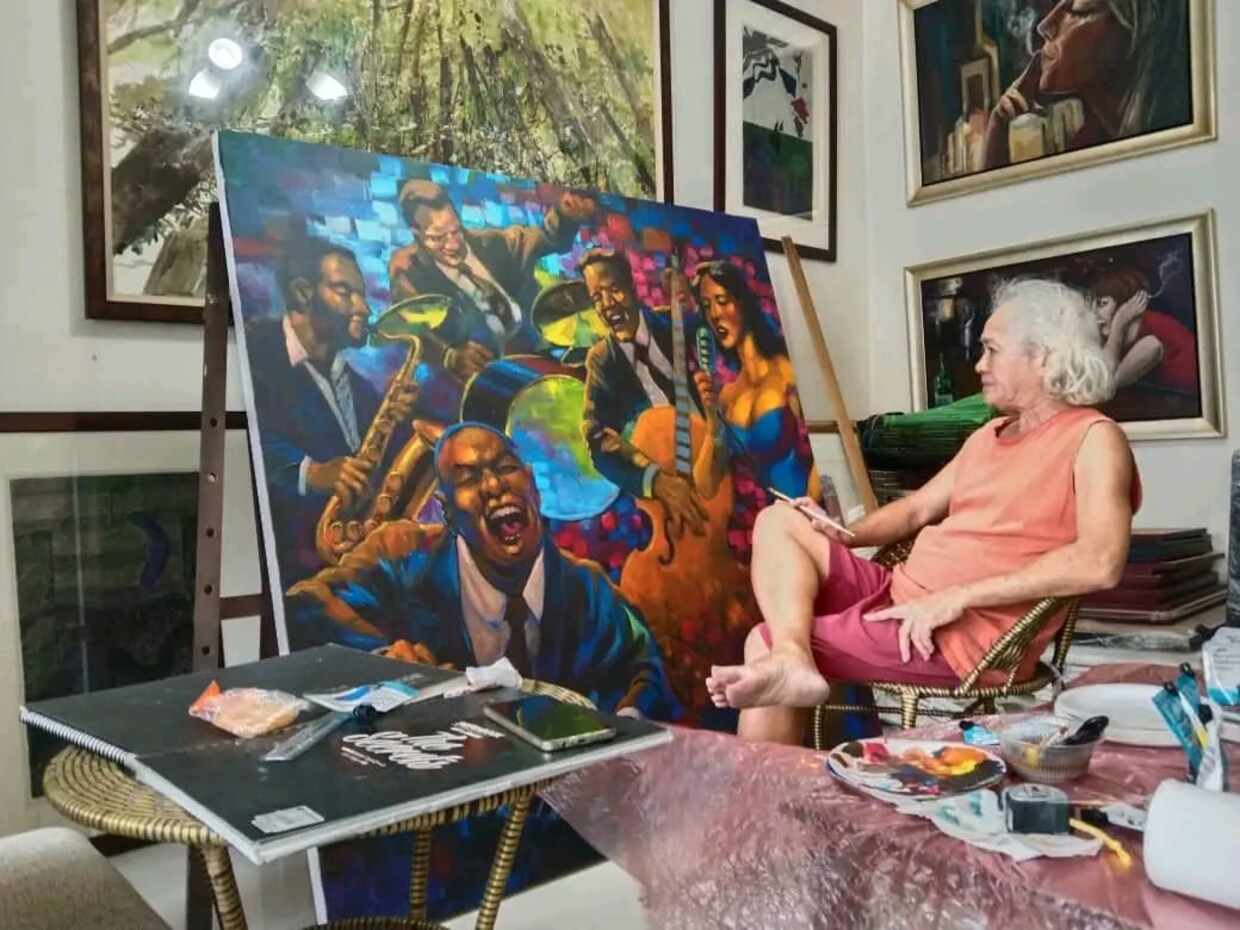
Rendering the future before it arrives
As Malaysia’s real estate sector flourished in the ’80s and ’90s, developers needed compelling visuals to sell unbuilt dreams. Lee’s team of analogue illustrators stepped in with meticulously detailed architectural renderings—providing potential buyers with a glimpse into the future. These weren’t just technical drawings; they were emotional experiences crafted with light, shadow, and atmosphere.
Anticipating the digital wave, Lee made a bold pivot in 1994 by investing in a 30-machine rendering farm to produce 3D animations and walkthroughs—years before such visuals became industry standard. This early digital shift helped Stancreative stay relevant in a rapidly evolving landscape, further cementing Lee’s place as a pioneer in Malaysia’s creative economy.
Reinvention abroad, rediscovery at home
In 2009, amidst growing frustrations over Malaysia’s political climate and the pursuit of better educational opportunities for their children, Lee and his family relocated to Canada. The hope was to expand their 3D visualisation services. But the reality on the ground was harsh—Chinese firms offering lower-cost solutions quickly dominated the space. Reinvention became the only way forward.
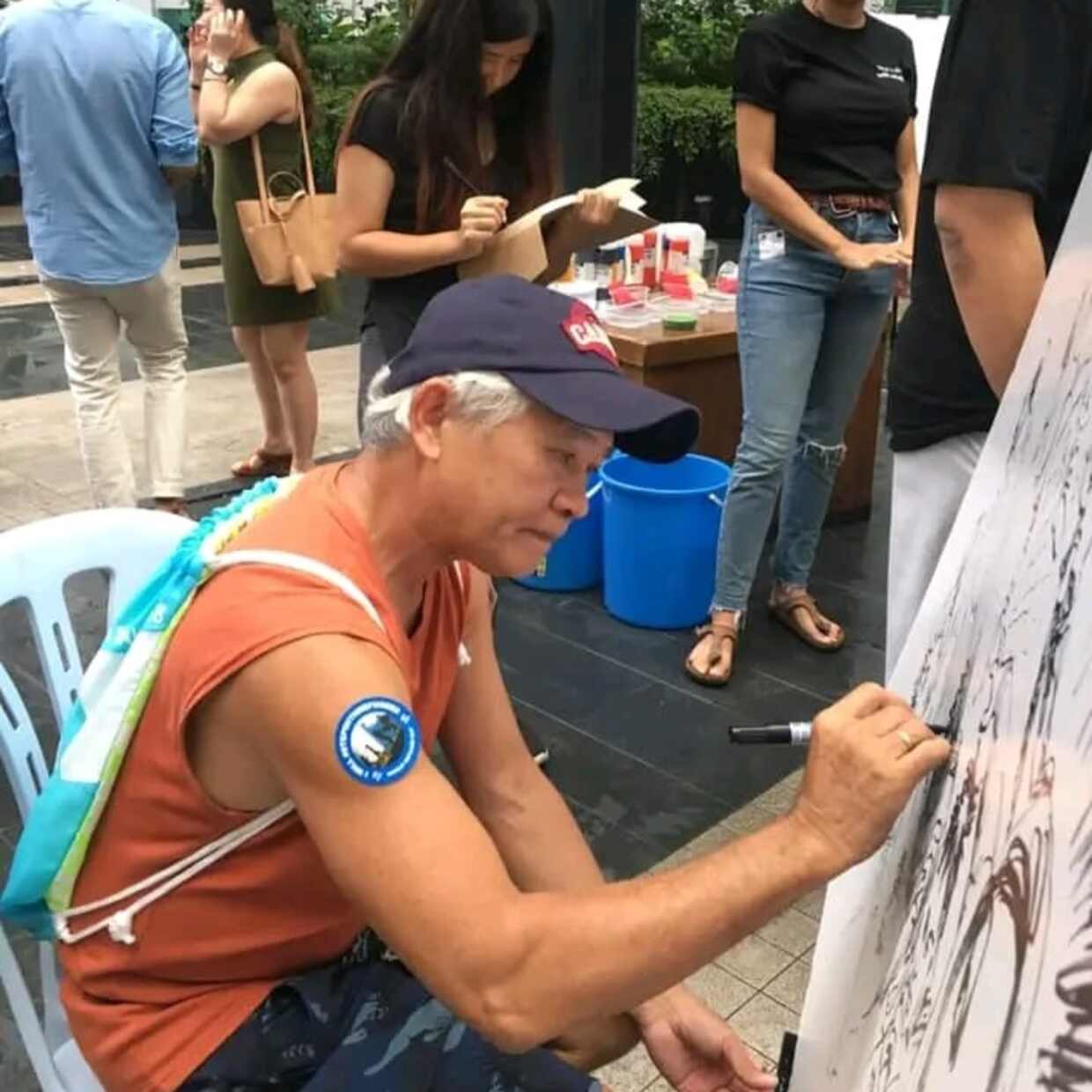
Lee returned to his roots—sketching and teaching. In the quiet cafes of Markham Village, he conducted informal art classes, reconnecting with the tactile joy of pencils and ink. By 2014, homesickness and a renewed sense of purpose brought him and his wife back to Malaysia. This time, his focus shifted from clients to cities, from pitches to people.
With urban sketching groups like SketchCrawl, Lee took to the streets, temples, markets, and parks—documenting life as it happened. His travel sketches are more than beautiful drawings; they are time capsules of emotion and experience, rendered in silence and sincerity.
A living legacy in ink, pixels, and passion
The culmination of Lee’s multifaceted journey was honoured in early 2024 at the Awe Gallery in Petaling Jaya. The exhibition, “Looking Back to Leap Forward,” wasn’t just a retrospective of his works; it was a masterclass in lifelong adaptation and integrity in art. That the event was officiated by Zunar—a figure known for fearless artistic expression—was no coincidence. Both men have wielded their art as tools of commentary, introspection, and resistance.
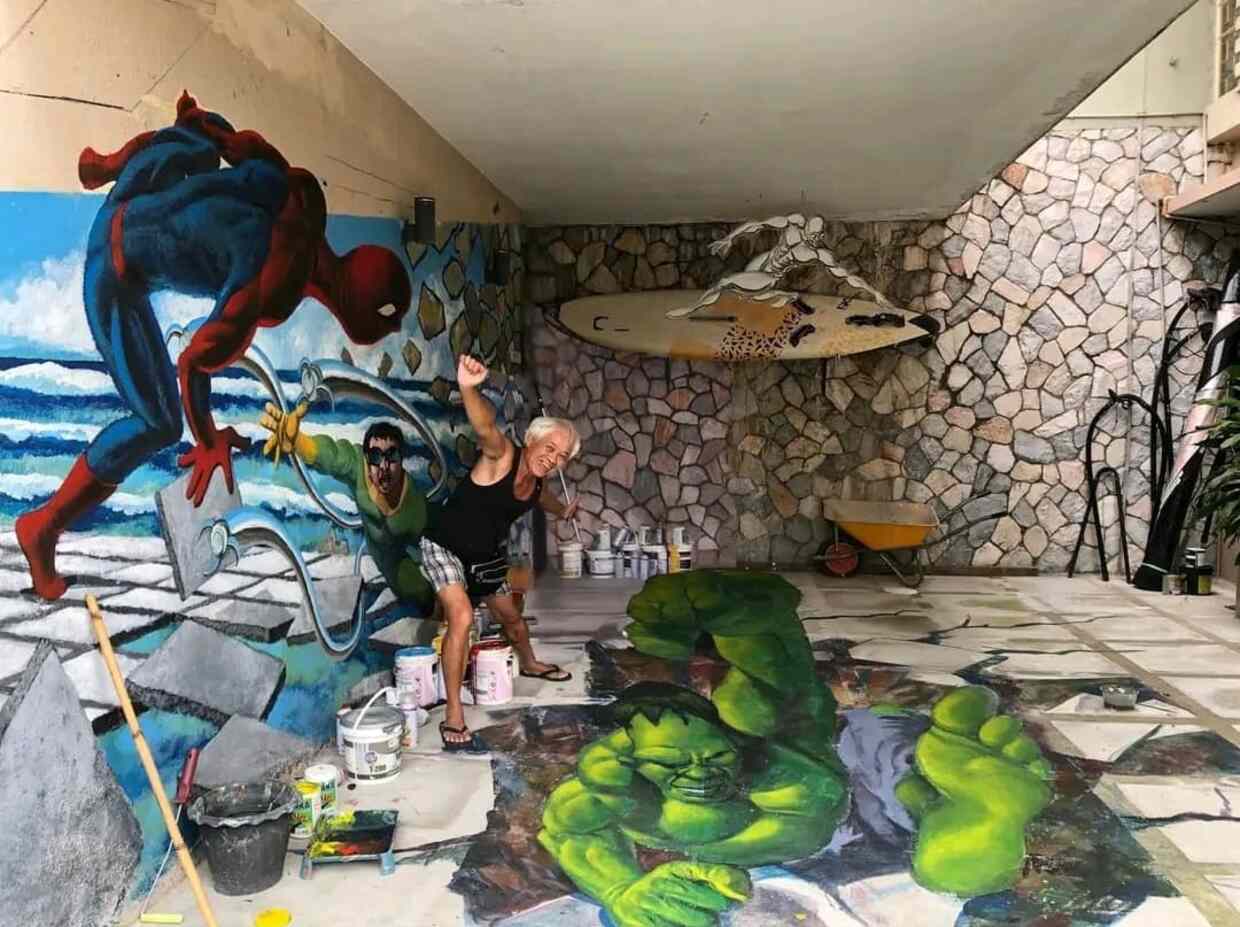
Among the standout segments of the exhibition was Lee’s exploration of artificial intelligence in art. Rather than fearing its rise, Lee embraced it with curiosity. Through experimental works blending AI-generated elements and hand-drawn refinement, he questioned how technology and human creativity might coexist meaningfully.
At 72, Lee continues to mentor young artists and work with independent comic platforms like Apazine, helping nurture the next wave of Malaysian storytellers. His quiet, enduring presence in the creative community serves as a guiding light in an age often distracted by transient digital fame.
He may not have the brand recognition of Marvel’s Stan Lee, but Malaysia’s KULit has proven that true creative power lies not in spectacle, but in staying power. His story is a lesson in resilience, humility, and the relentless pursuit of excellence—one that reminds us that the most influential heroes are often those who keep drawing, even when no one is watching.


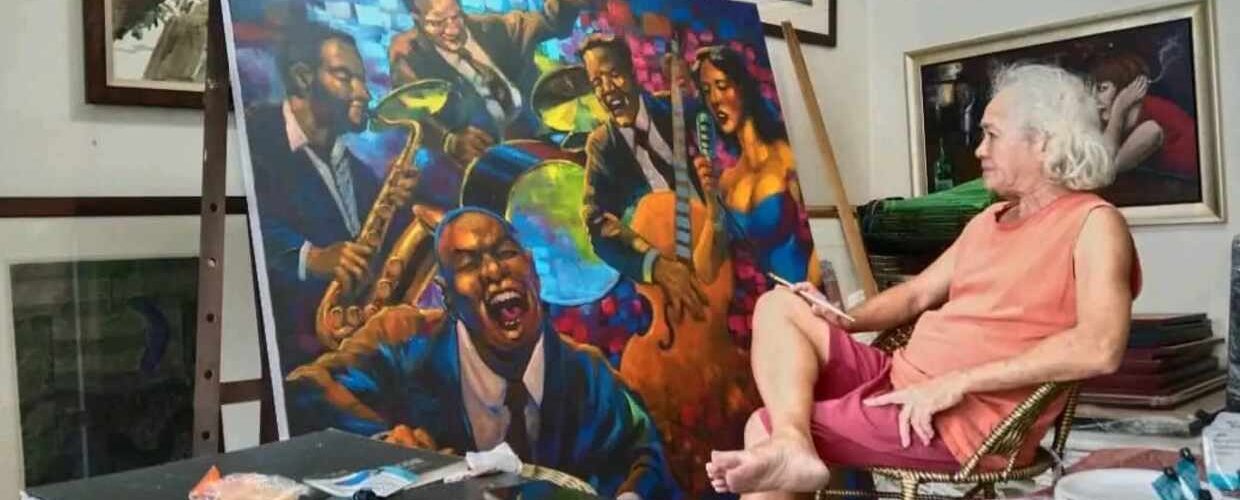



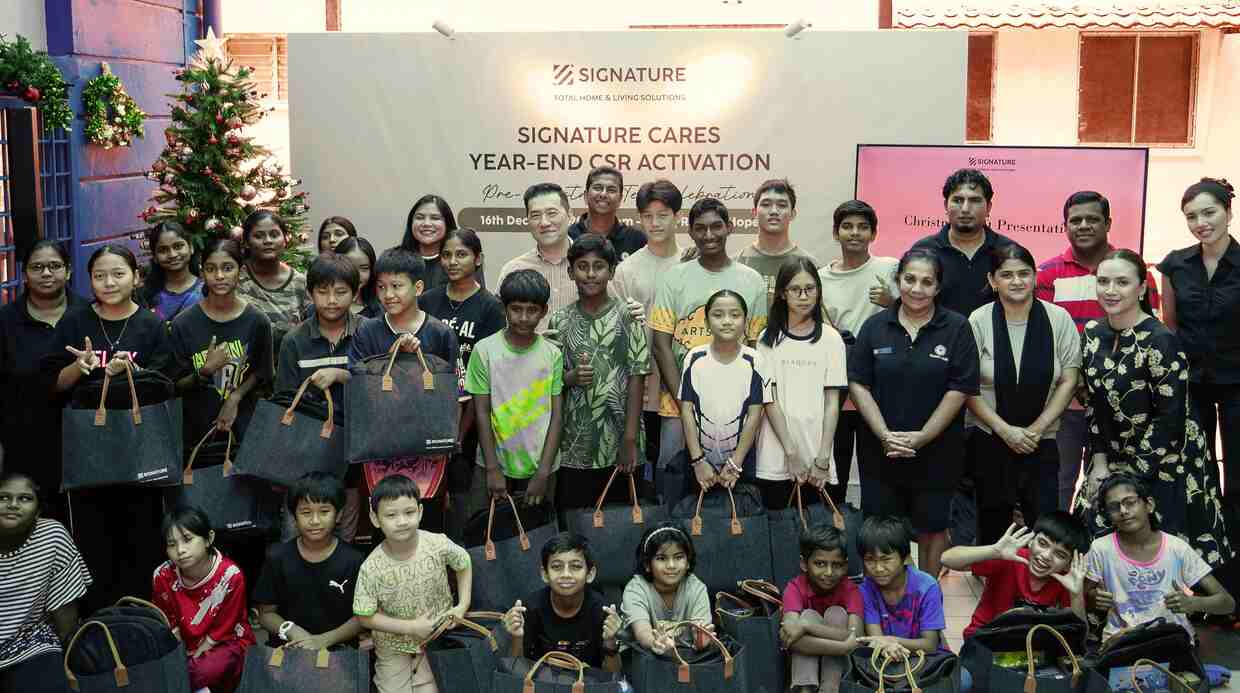
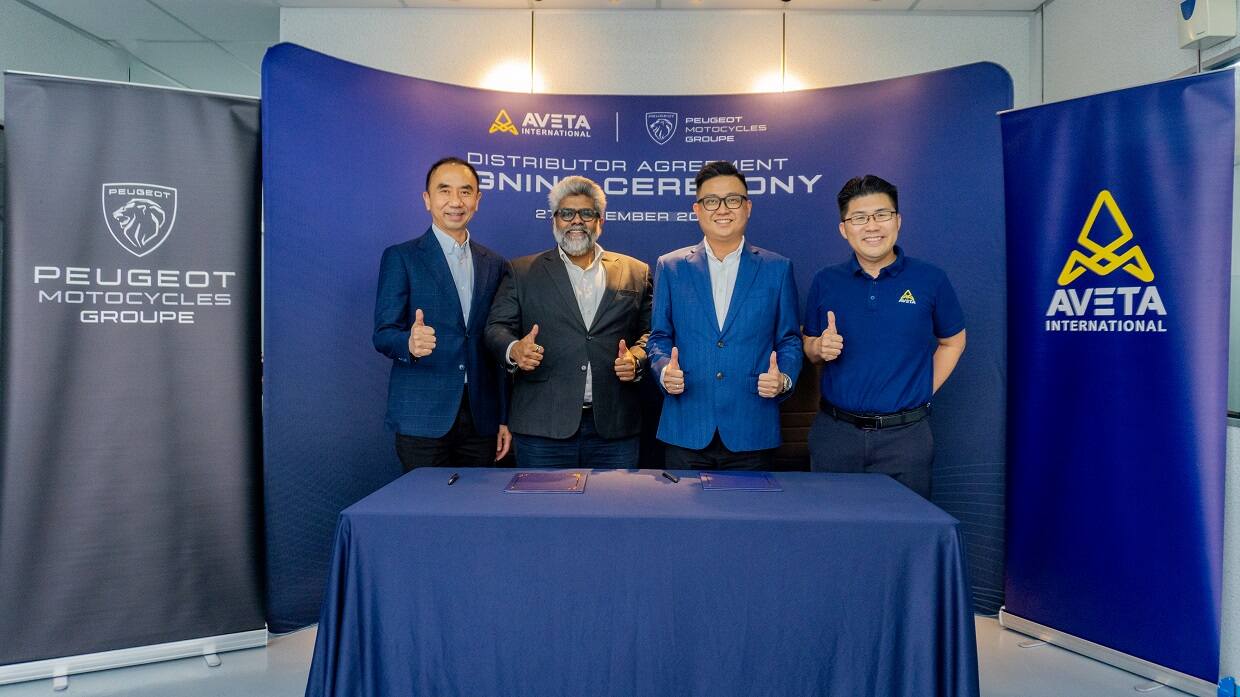




Add comment